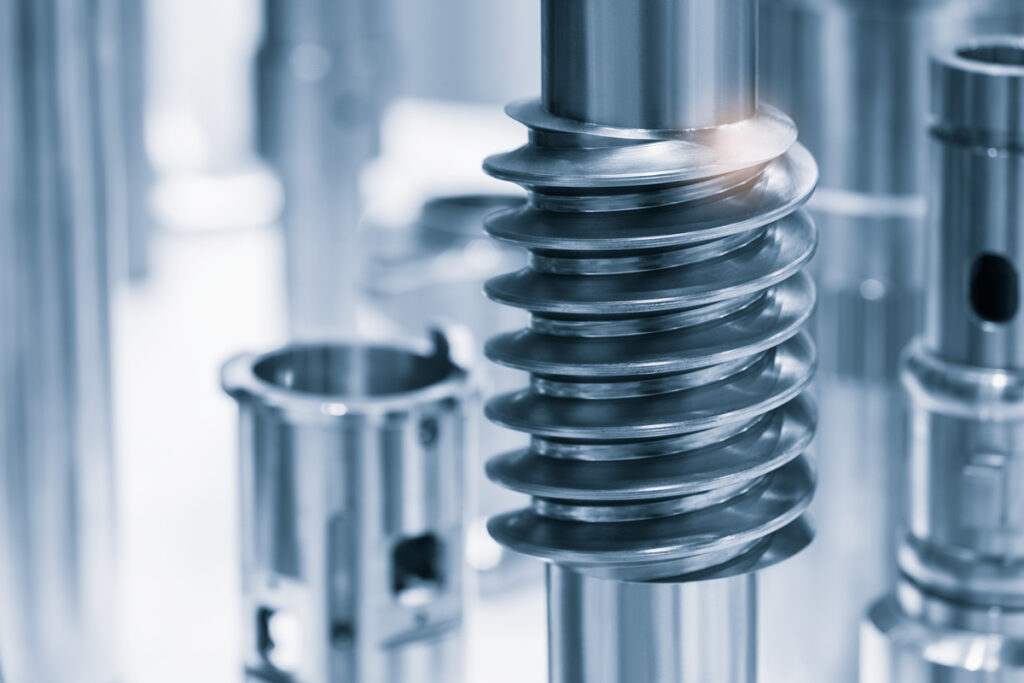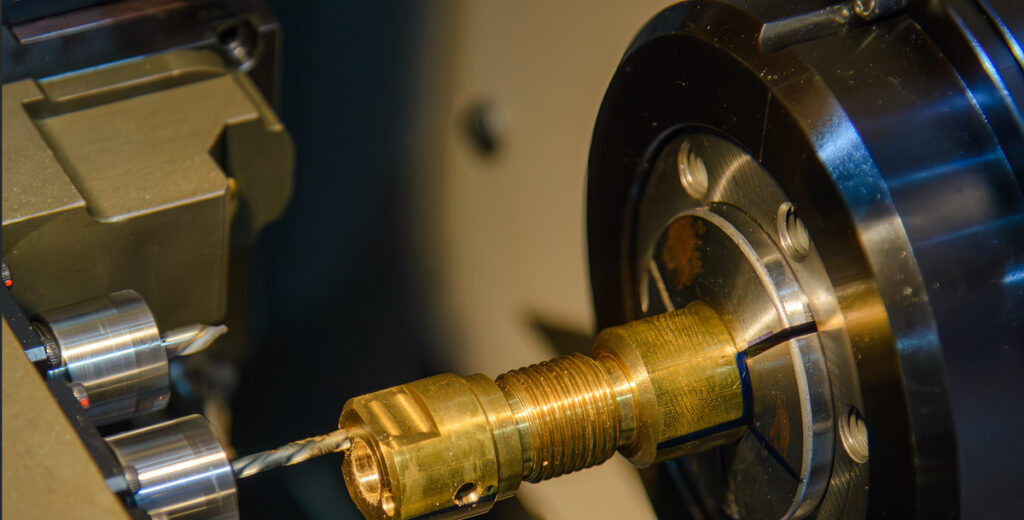Manufacturers looking to produce high-precision components often face a critical
choice: traditional CNC turning and milling or Swiss-style machining. Both methods are
capable of producing quality parts, but Swiss machining offers a combination of
precision, efficiency, and cost-effectiveness that makes it the superior choice for many
applications. Understanding the key differences between these processes can help
engineers and buyers select the right method for their project while minimizing
production time and costs.
1. Understanding the Processes
CNC Turning and MillingTraditional CNC lathes and mills operate using a main spindle or milling axis to remove material from a workpiece. While highly versatile, these machines often require multiple setups for complex parts. For example, a part with multiple diameters, drilled holes, and milled flats may need to be moved between a lathe, a mill, and perhaps a secondary operation like tapping. Each transfer introduces potential for misalignment, increases labor, and extends overall cycle time.
Swiss Machining
Swiss-style machines were originally developed as the CNC evolution of traditional screw machines, designed to handle small, intricate parts with extreme precision. A guide bushing supports the workpiece very close to the cutting tool, preventing deflection on long, slender components. Swiss machines can be equipped with multi- spindles and live tooling, allowing turning, milling, drilling, and tapping operations to be completed in a single setup. This drastically reduces the need for part transfers and secondary operations while maintaining tight tolerances.
Essentially, Swiss machining is like having a fully automated, CNC version of a screw machine. It combines the speed and reliability of CNC technology with the multi- operation capabilities of classic screw machines, making it ideal for high-volume, high- precision work.
2. Precision and Tolerances
One of the most significant advantages of Swiss machining is precision. The guide bushing prevents material deflection, ensuring that even long, thin parts remain perfectly supported throughout the operation. This allows Swiss machines to consistently produce parts with tolerances that are often impossible to achieve with traditional CNC turning and milling.For instance, while a conventional CNC lathe may struggle to hold a tolerance of ±0.001" on a slender 0.25" diameter shaft, a Swiss machine can achieve ±0.0002" consistently. The ability to maintain such precise tolerances is critical for industries like aerospace, fluid power, and medical devices, where even minor deviations can compromise part function.
Moreover, Swiss machines offer excellent repeatability. Because multiple operations can be performed in a single setup, features like holes, threads, and milled flats are precisely aligned relative to each other. Traditional CNC operations, which often require multiple setups, increase the risk of cumulative errors that can affect overall quality.
3. Efficiency and Cost-Effectiveness
Swiss machining is not only precise but also highly efficient. By combining multiple operations in a single setup, Swiss machines reduce labor costs and cycle times significantly. High-volume production benefits the most, as these machines can run lights-out for extended periods with minimal supervision.Cost Savings on Parts
Because Swiss machining reduces the number of setups, part handling, and secondary operations, it directly lowers the cost per component. This makes parts produced on Swiss machines more cost-effective than those produced using traditional CNC turning and milling. In bulk orders and high-volume runs, the savings can be substantial. Companies can produce large quantities of parts faster, with fewer labor hours, while maintaining tight tolerances and consistent quality.
Ideal for Bulk Orders
For manufacturers needing hundreds or thousands of identical components, Swiss machining is often the preferred solution. Multi-spindle Swiss machines can produce multiple parts simultaneously, or multiple features on a single part without stopping. In contrast, traditional CNC lathes and mills would require multiple setups, longer cycle times, and increased human oversight, making high-volume production slower and more expensive.
Lights-Out Machining
Another advantage is that Swiss machines are well-suited for lights-out production. This means they can run unattended overnight or over weekends, further reducing labor costs and increasing output. Traditional CNC operations often require constant monitoring, especially when multiple setups are involved, which limits the ability to scale production efficiently.
4. Ideal Applications
Swiss machining excels in producing small-diameter, high-precision parts with complex features. Typical applications include:- Aerospace components such as fasteners, pins, and intricate assemblies.
- Automotive fittings and bushings requiring tight tolerances.
- Fluid power components like valves, spools, and hydraulic fittings.
- Medical devices and surgical instruments where precision is critical.
- Electronics parts, including connectors and precision housings.
5. Advantages of Swiss Machining
Swiss machining offers multiple advantages over conventional CNC turning and milling:- Single-Setup Multi-Operation Machining: Reduces errors and ensures alignment between features.
- High Precision and Tight Tolerances: Especially on small-diameter, long, or intricate parts.
- Cost-Effective Production: Lower labor costs, reduced cycle times, and minimized setups result in more affordable parts.
- High-Volume Capability: Ideal for bulk orders and large production runs.
- Lights-Out Operation: Enables unattended production, increasing efficiency.
- Consistency and Repeatability: Ensures quality across thousands of parts without variation.
6. Choosing the Right Method
When deciding between Swiss machining and traditional CNC turning and milling, consider the following:- Part Size and Geometry: Long, slender parts or those with intricate features are better suited for Swiss machining.
- Production Volume: High-volume orders benefit from Swiss machines’ efficiency, while small runs may still be economical on traditional CNC machines.
- Tolerance Requirements: Tight tolerances and precision features favor Swiss machining.
- Cost Considerations: Swiss machining can lower per-part costs through reduced labor and setups, making it ideal for large-scale production.
Conclusion
Swiss machining is essentially the CNC evolution of the screw machine, combining multi-spindle capabilities, live tooling, and guide-bushing support to produce small, precise, and intricate components. Compared to traditional CNC turning and milling, Swiss machines offer superior precision, efficiency, cost-effectiveness, and high-volume capability.At Camco Precision Machining, we specialize in Swiss-style turning for bulk orders and high-volume production. Our multi-spindle machines and expert operators ensure consistent quality, fast turnaround, and cost savings on every project. Whether you need aerospace components, fluid power parts, or automotive fittings, our Swiss machining capabilities deliver results that traditional CNC machines often cannot match.
Request a quote today to see how our Swiss machining expertise can optimize your next project.


